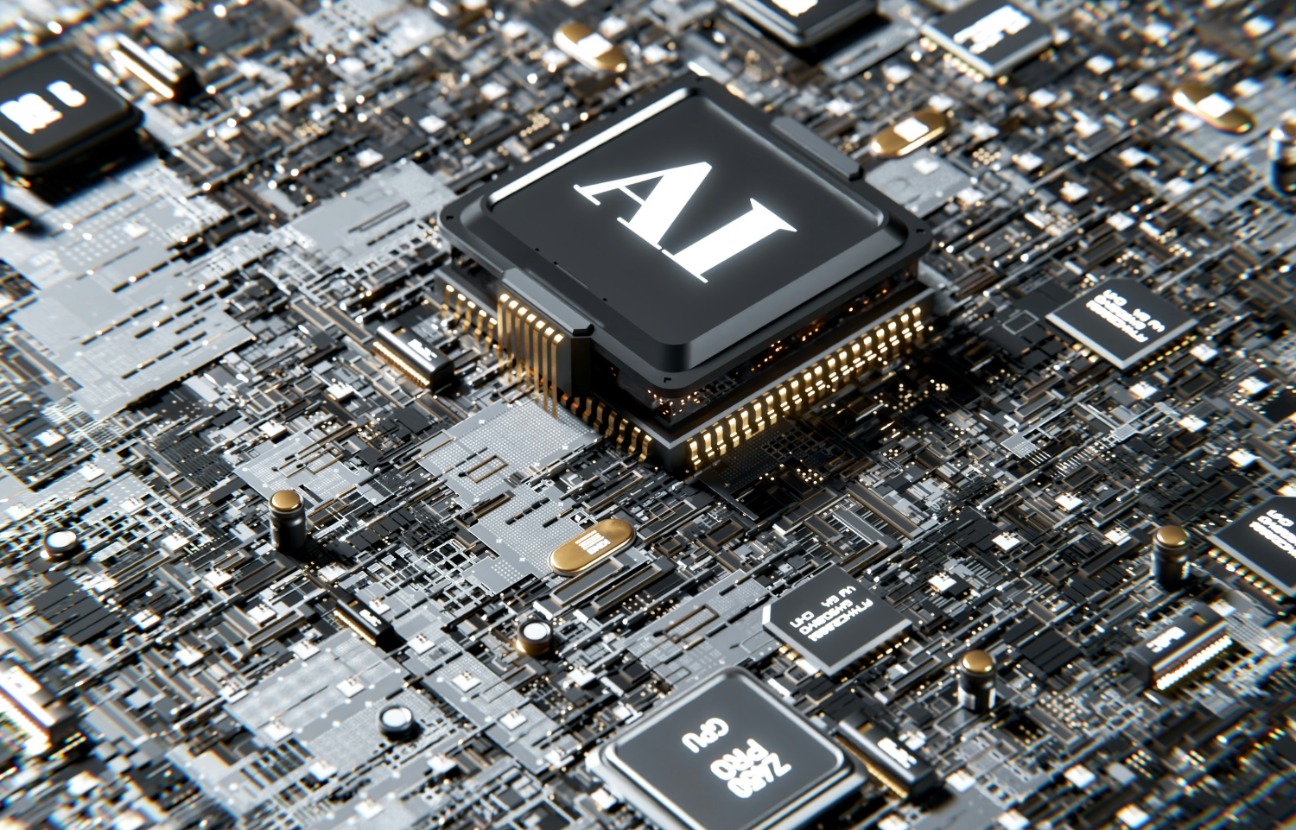AI That Never Sleeps
How DH2i Is Building the Missing Layer of Trust in AI Infrastructure

As enterprises rush to embed artificial intelligence into their operations, one obstacle consistently derails even the most promising pilots: keeping AI running reliably in production. While building AI models has become easier than ever, sustaining them under real-world conditions—where downtime is public, visible, and often costly—remains a major challenge.
For Don Boxley, CEO and Co-Founder of DH2i, this reliability gap is the missing layer in enterprise AI. His company’s flagship product, DxEnterprise, promises to eliminate it by bringing true high availability (HA) to AI-driven databases and containerized environments. In our exclusive interview, Boxley explains how this technology enables “AI that never sleeps”—and why resilience, not raw model power, will decide which companies win the next phase of the AI revolution.
The hidden bottleneck: keeping AI alive, not just running
Most enterprises today deploy AI agents and retrieval-augmented generation (RAG) applications that operate continuously and in public view. When they go down, users notice immediately. The problem? Traditional SQL Server and cloud architectures were never designed for 24/7 autonomous systems that must recover instantly when a database, container, or VM fails.
That’s where DH2i’s DxEnterprise platform comes in. It delivers automated, infrastructure-agnostic failover across Kubernetes, virtual machines, cloud, and on-prem environments. In essence, it ensures AI workloads don’t just launch—they stay online, seamlessly migrating during outages with zero downtime.
Why vector databases break traditional HA
The rise of vector databases and AI-ready SQL Server 2025 has introduced new challenges that traditional HA systems were never built to handle.
“Standard database HA protects transactional consistency,” Boxley explains. “But vector workloads add contextual intelligence into the data path. If an embedding index goes offline or becomes stale, your AI model doesn’t just stop responding—it starts giving wrong answers.”
That, he adds, is a far more serious risk. Traditional HA sees failure as binary: up or down. Vector-aware HA must handle silent corruption, version drift, and multi-node synchronization across heterogeneous environments—all while ensuring the semantic integrity of embeddings.
“DxEnterprise is one of the first platforms that understands and automates HA at that semantic layer,” says Boxley. “It doesn’t just protect data—it protects meaning.”
True hybrid AI failover, proven in practice
The buzzwords “hybrid” and “multi-cloud” dominate the enterprise AI conversation, but Boxley argues that most deployments are still anchored to a single environment.
To illustrate what real hybrid AI operations look like, he points to one of DH2i’s own test environments:
“We simulate an AI-powered customer service agent running SQL Server 2025 with vector indexing inside Kubernetes. When that pod or node fails, DxEnterprise live-migrates the availability group to a VM replica in another cloud—without the application knowing. To the AI agent, nothing happened.”
That difference, he says, defines true hybrid resilience. “Portability isn’t about provisioning everywhere—it’s about failing over anywhere.”
From “innovation spend” to core revenue infrastructure
While CFOs have traditionally treated AI budgets as experimental, Boxley sees that mindset changing fast. Once AI systems move from internal pilots to customer-facing automation, downtime becomes a direct business risk.
“Once AI agents handle live customer interactions, CFOs immediately stop seeing them as ‘innovation spend’ and start seeing them as revenue infrastructure,” he says. “If a chatbot is acting as your 24/7 SDR or Tier 1 support desk, a failure isn’t just downtime—it’s a reputational hit.”
Boxley says some clients are now writing AI uptime SLAs directly into their contracts. “HA isn’t optional anymore—it’s the insurance policy that lets AI leave the lab.”
The new role of HA in the AI stack
With Microsoft turning the SQL Server into an AI-ready database, the boundaries between traditional database tools and AI infrastructure are blurring. Boxley believes DH2i’s role has evolved along with it.
“We continue to offer top-tier HA for traditional deployments,” he says, “but for enterprises diving headfirst into AI, we’ve become part of the AI infrastructure stack itself. Once SQL Server began storing embeddings, availability stopped being just a database concern—it became an AI continuity concern.”
He sums it up succinctly:
“If data is the fuel of AI, HA is the ignition system.”
Why AI reliability could define the next wave of enterprise adoption
As the AI boom matures, reliability and scalability are quickly becoming the next battleground. The ability to recover, migrate, and maintain semantic consistency across environments may determine who thrives and who stumbles.
DH2i’s DxEnterprise sits squarely in that critical layer between AI aspiration and operational reality. It’s designed not to make models smarter, but to make them dependable—and in an era of always-on digital experiences, dependability may be the most valuable feature of all.
For Boxley, that’s the whole point:
“AI doesn’t just need power,” he says. “It needs resilience. That’s what will separate the experiments from the enterprises.”